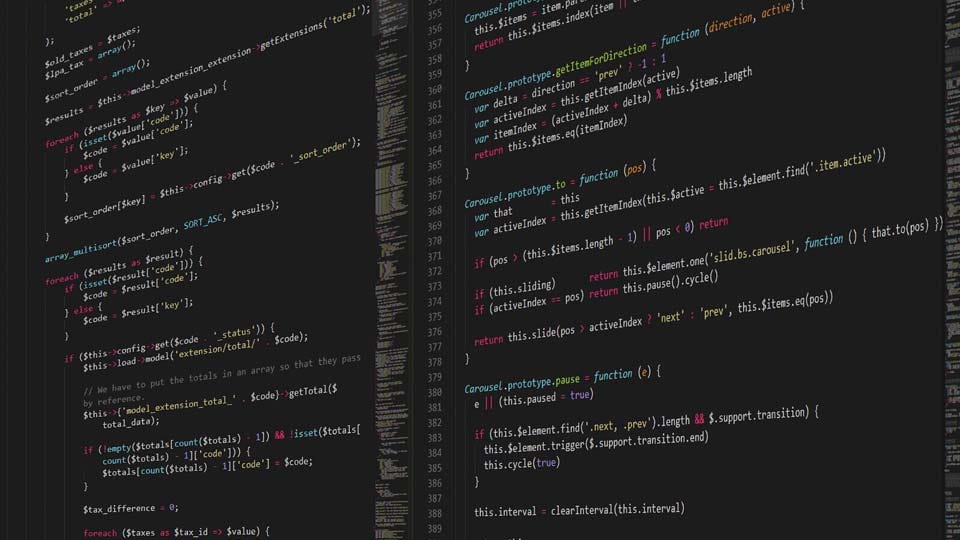Crane, IU Partner on AI Education Initiative
 (stock image courtesy: Pixabay)
(stock image courtesy: Pixabay)
Subscriber Benefit
As a subscriber you can listen to articles at work, in the car, or while you work out. Subscribe NowThe Office of the Secretary of Defense has awarded a $1.7 million grant to Naval Surface Warfare Center, Crane Division and Indiana University to collaborate on artificial intelligence programming for rural middle school students.
The National Defense Education Program Award is intended to help bolster the STEM talent pipeline, especially in rural America.
The program, branded as AI Goes Rural, will focus on artificial intelligence and its growing impact on technology and society.
“People, including kids, think AI is alien and science fiction. They don’t realize how it is already integrated into their lives,” said Tina Closser, STEM project coordinator for NSWC Crane. “AI is a hot topic right now, and it is more than Netflix and Spotify curating movies or music for the user.”
Closser says the pilot program is unique as it will examine not only the technical side but how it affects lives.
NSWC Crane is teaming up with two IU schools on the Bloomington campus: the School of Education and the Luddy School of Informatics, Computing and Engineering.
“We will educate students on AI and machine-learning techniques by designing modules that students will experiment with under varying conditions,” said Raj Acharya, associate vice president for research for AI Innovation at IU. “This will help them understand not only the potential of routine AI methodologies used, but also their limitations such as bias and ethical considerations.”
IU says the demand for STEM professionals will exceed the expected supply over the next decade and U.S. students are “‘middle of the pack”‘ when evaluated against other countries.
“We have talented people in the area, but the number seeking STEM degrees isn’t high,” said Closser. “We have an opportunity through this program and programs like this to show kids what options they have and what they can do as a career.”
Closser said the curriculum and training are intended to be scalable across the nation, with broad applications.
“We wanted to create something that anyone around the country can implement, copy and paste,” said Closser.
